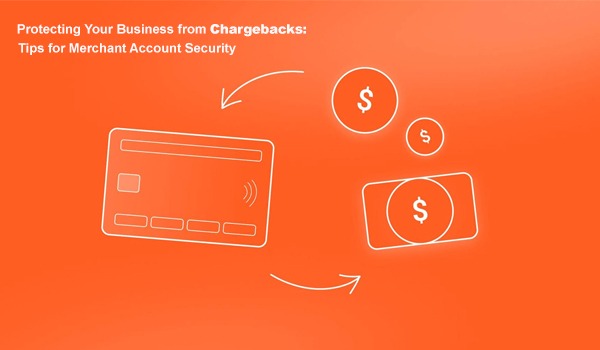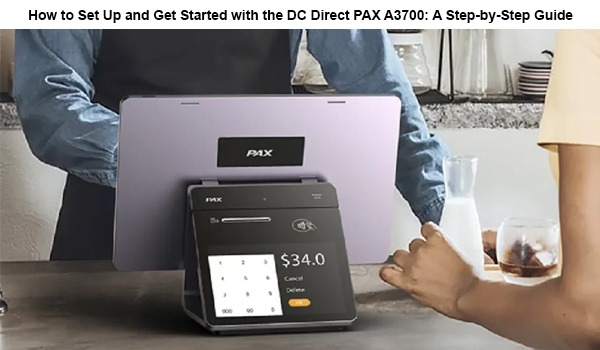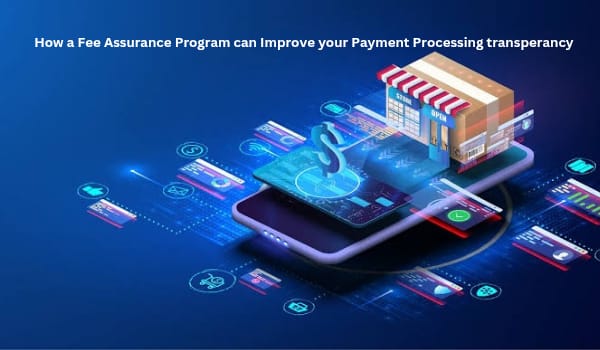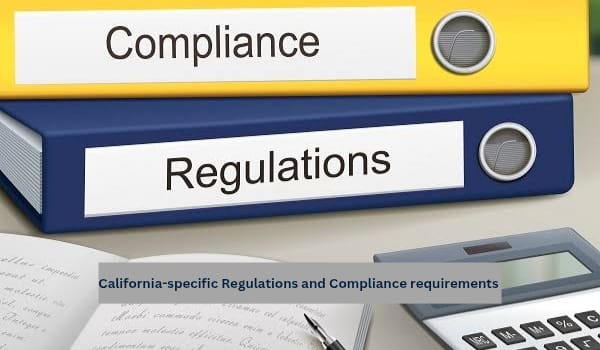
How to Protect Your Business from Chargebacks: A Merchant's Guide to Secure Transactions
Running a business is not without its challenges, and one of the most frustrating issues merchants face is chargebacks. These unwelcome reversals of funds can significantly impact your revenue, disrupt cash flow, and even put your merchant account at risk. If chargebacks pile up, banks and payment processors may label your business as high-risk, which could lead to increased fees or even account termination.
How do you protect your business from chargebacks? A combination of fraud prevention, customer service excellence, and diligent dispute management is the key. We will elaborate on this in a comprehensive step-by-step guide on how to prevent chargebacks and secure your merchant account.
Understanding Chargebacks and Their Impact
A chargeback occurs when a customer disagrees with a particular transaction with his or her bank or credit card company. Although chargebacks were initially invented to prevent consumers from losing money to fraudulent transactions, they are most often abused. This abuse—more popularly known as "friendly fraud"—occurs when consumers allege a transaction was unauthorized or when they simply dislike a purchase but file for a chargeback rather than asking for a refund.
Chargebacks can occur for various reasons such as:
- Fraudulent transactions (stolen card information, unauthorized purchases)
- Product or service disputes (not received, not as described, defective)
- Billing errors (duplicate charges, incorrect amounts)
- Customer confusion (not recognizing the business name on their statement)
- Deliberate misuse (buyer's remorse, attempting to get a product for free)
The financial damage of chargebacks goes beyond losing money. You pay fee charges, suffer higher processing rates, and harm your business's reputation with payment providers. So, maintaining an action ahead to keep checking for potential chargebacks is the key.
Strengthening Fraud Prevention Measures
Another highly effective strategy of chargeback reduction is fraud prevention before charges take place. Effective security will make sure your business is secured from any form of suspicious activity.
Employ Secure Payment Authentication Tools
Utilize verification tools, such as the Address Verification System (AVS) and Card Verification Value (CVV). AVS verifies that the billing address is the one on file at the bank of the cardholder; CVV verifies that the buyer has physical possession of the card.
Activate Multi-Factor Authentication (MFA)
For an added security measure, a business can make use of the One-Time Passwords that will be sent to a purchaser through SMS or email for confirmation, hence reducing risks from frauds.
Invest in AI-Powered Fraud Detection Software
The best-advanced fraud prevention software will identify transactions in real-time and notify if there are several transactions in various locations and other large purchase red flags.
Monitor Transactions for Red Flags
Be vigilant about unusual purchase actions, for example, a high-value transaction from a new customer or several failed payment attempts.
Up-to-date Payment Processing Systems
Old payment processing software leaves your business open to security compromises. Make sure you update your system regularly and abide by the most recent PCI DSS (Payment Card Industry Data Security Standard) standards.
Improving Customer Service to Prevent Disputes
Many chargebacks are born not of scams but of displeased customers. Strong customer service dramatically reduces disputes as well as may encourage customers to contact you for issues rather than their bank.
Clearly, Honestly Describe What You Are Offering
Your pictures, specifications and descriptions should well represent what to expect from buying your product. Misrepresented products lead to chargebacks upon failure to match expectations.
Show Contact Support Simply Available
Make it easy for customers to contact you via email, chat, and phone. Good support will help resolve complaints before they become disputes.
Keep Customers Informed About Shipping and Delivery
For e-commerce businesses, tracking details and estimated delivery times will reassure customers and prevent "product not received" disputes.
Implement a Transparent Refund and Return Policy
Having a clear, fair, and well-documented refund and return policy on your website can discourage chargebacks by giving customers a straightforward alternative to filing disputes.
Send Order Confirmations and Follow-Ups
Automated emails confirming purchases, shipping updates, and delivery confirmations keep customers informed and reduce the likelihood of disputes.
Proactively Managing Chargeback Disputes
Still, despite your best efforts, chargebacks may arise. A sound chargeback management plan ensures you will deal with such disputes effectively.
Chargeback Alert Services
These services will notify you when a customer initiates a dispute and provide you an opportunity to address the issue before it is finalized as a chargeback.
Gather Strong Transaction Evidence
When disputing a chargeback, you will need to present evidence that supports the validity of the transaction, such as receipts, order confirmations, delivery proof, and customer correspondence.
Chargeback Representment Services
You may want to team up with a chargeback mitigation company to fight on your behalf and improve your chances of winning.
Chargeback Trend Monitoring
Monitoring chargeback patterns can help you pinpoint recurring issues and change business practices.
How to Keep Your Merchant Account Safe from Chargeback Risks
A high chargeback ratio may risk your merchant account and put it in danger of being restricted or terminated. Here is how you can maintain a healthy account status:
Partner with a Trustworthy Payment Processor
Work with a processor that offers advanced fraud protection features and good chargeback management support.
Keep a Low Chargeback Ratio
Most of the payment service providers ask their merchants to have a chargeback ratio of less than 1%. If your chargeback ratio nears that mark, then act swiftly.
Control Access to Your Merchant Account
Limit who is able to log in and adjust settings in your merchant account.
Educate Your Staff and Customers About Secure Transactions
You can even limit the rate of chargeback by training your staff and making your customers learn the best practices about the transactions.
Educate Staff on Fraud Prevention
Your staff should be in a position to identify and handle potentially fraudulent transactions correctly.
Educate Customers About Secure Payment Practices
Educate customers to care for their payment details and recognize real transaction processes that will prevent unintentional chargebacks.
Conclusion
Chargebacks can drain your business financially and damage your reputation, but proactive prevention strategies can significantly reduce their occurrence. By combining fraud prevention, exceptional customer service, and effective chargeback management, you can protect your business and maintain a healthy merchant account.
Taking a proactive approach not only secures your revenue but also fosters trust with your customers and financial partners. By following these best practices, you can safeguard your business and focus on growth rather than disputes.









